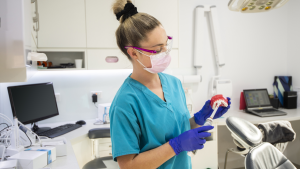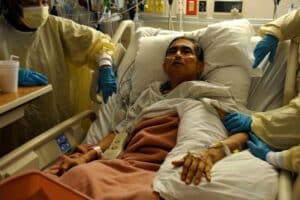Scientists develop first 3D lip models from cells to enhance treatments for severe mouth injuries

For dentists focused on oral and maxillofacial health, pediatric dentistry, or aesthetic treatments, a breakthrough study offers new hope. Scientists have developed the first 3D lip models using immortalized lip cells, a milestone that may lead to better treatments for severe lip injuries.
The research, published in Frontiers in Cell and Developmental Biology, describes the creation of these immortalized cells, which can replicate indefinitely in the lab. Scientists infected the 3D models with Candida albicans, a yeast that can cause serious infections in people with weakened immune systems or cleft lips, and observed natural infection responses in the lab-grown tissue.
“The lip is a very prominent feature of our face,” said Dr. Martin Degen of the University of Bern. “Any defects in this tissue can be highly disfiguring. But until now, human lip cell models for developing treatments were lacking.”
“This development could potentially benefit thousands of patients.” Dr. Martin Degen of the University of Bern.
Lab-created cells performed as expected
The lab-created cells behaved as expected, with the pathogen invading the model similarly to how it infects real lip tissue.
“This development could potentially benefit thousands of patients,” Degen added. “Our lab focuses on understanding the genetic and cellular pathways involved in cleft lip and palate. But we are convinced that 3D models established from healthy, immortalized lip cells have potential applications in other fields of medicine.”
Creating these 3D models required overcoming the unique characteristics of lip cells. “Lip keratinocytes can be of labial skin, mucosal, or mixed character,” Degen explained. “Depending on the research question, a particular cell identity might be required. But we have the tools to characterize or purify these individual populations in vitro.”
The research team partnered with the University Clinic for Pediatric Surgery at Bern University Hospital, using tissue donated from lip surgeries.
These 3D models could lead to advancements in managing infections and wound healing for patients with complex lip injuries, especially those with cleft lip and palate.








